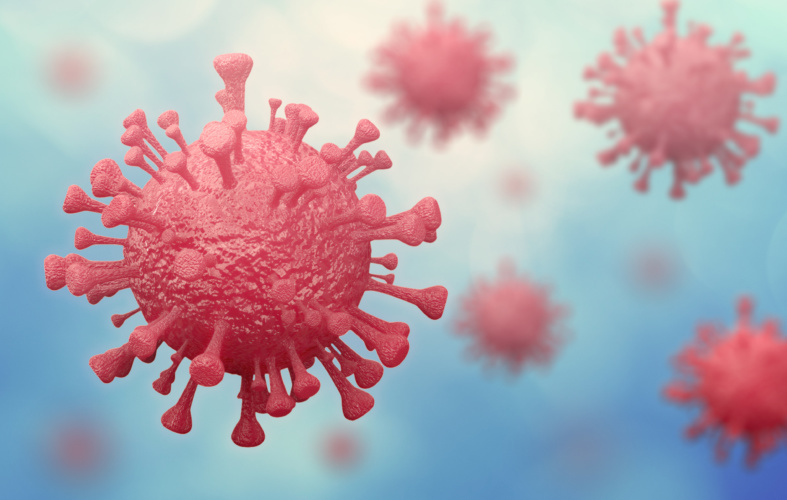Microlab detects COVID-19 in 30 minutes
Researchers in the US have developed an automated microlab device that identifies the presence of the novel coronavirus in half an hour.

The breakthrough by a team at Stanford University in California leverages lab-on-a-chip technology and CRISPR, a genetic editing technique.
MORE ON THE ENGINEERING RESPONSE TO COVID-19 HERE
"The microlab is a microfluidic chip just half the size of a credit card containing a complex network of channels smaller than the width of a human hair," said the study's senior author, Juan G Santiago, the Charles Lee Powell Foundation Professor of mechanical engineering at Stanford and an expert in microfluidics.
The new COVID-19 test is detailed in the journal Proceedings of the National Academy of Sciences.
"Our test can identify an active infection relatively quickly and cheaply. It's also not reliant on antibodies like many tests, which only indicates if someone has had the disease, and not whether they are currently infected and therefore contagious," said Ashwin Ramachandran, a Stanford graduate student and the study's first author.
Register now to continue reading
Thanks for visiting The Engineer. You’ve now reached your monthly limit of news stories. Register for free to unlock unlimited access to all of our news coverage, as well as premium content including opinion, in-depth features and special reports.
Benefits of registering
-
In-depth insights and coverage of key emerging trends
-
Unrestricted access to special reports throughout the year
-
Daily technology news delivered straight to your inbox










Water Sector Talent Exodus Could Cripple The Sector
Well let´s do a little experiment. My last (10.4.25) half-yearly water/waste water bill from Severn Trent was £98.29. How much does not-for-profit Dŵr...